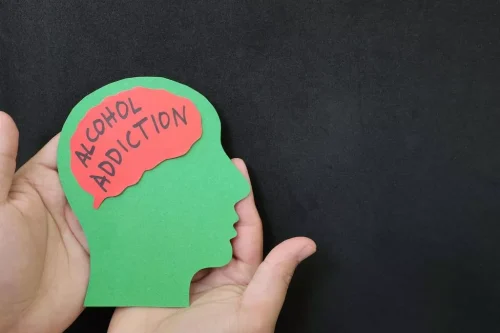Sober living
Best Practices for Recovery Housing

It is a joint endeavor with the county to help address high demand for more mental health and substance abuse treatment beds. To perform the virtual/on-site interview/inspection the recovery residence setting needs to have been in operation with residents for at least 30 days and have at least 40% occupancy. Oxford Houses are governed by a charter and rules that are agreed upon at the outset, but those are kept to a minimum and decisions are made democratically.
FAQ about Recovery Residence Association
NARR values the cultivation of supportive, recovery-oriented environments where individuals can share experiences and offer mutual support, fostering a sense of belonging and collective strength. “We understand the pressing need for this recovery residence in Collier County and look forward to presenting it before the planning commission at a future date,” he said. Burgess, the CEO of David Lawrence, said in his statement the center is committed to providing lifesaving and life-changing care to those seeking support for substance use challenges.
Sober Living Programs for After Drug & Alcohol Rehab

Level 4 residences, since they are usually licensed treatment providers, often accept insurance and other forms of third party payments. Level 3 residences are funded by either resident fees, third party payments, or a mix of those. As you consider taking this journey with Purple Treatment Center, know that you are not just joining a program; you are becoming part of a community committed to supporting you every step of the way. what is a recovery residence It’s about taking that brave step towards a life of recovery, surrounded by a network of men who share your goal of a healthier, substance-free future. NARR emphasizes ethical practices in the management and operation of recovery residences, advocating for integrity, fairness, and respect for all residents. The larger complex, originally planned for 102 beds, was approved by the Collier County Commission in February 2023.

for Quality Recovery Residences
A NARR state affiliate would scrutinize the program using the NARR Code of Ethics as part of the certification and/or grievance process. These environments go beyond mere accommodation, offering a structured, substance-free lifestyle that fosters long-term sobriety and personal growth. All persons working in NARR affiliate organizations, (recovery residence owners, operators, staff, and volunteers) are expected to adhere to a common NARR Code of Ethics. It is the obligation of all recovery residence owners/operators and staff to value and respect each resident and to put each individual’s recovery and needs at the forefront of all decision making.
- Residents must commit to at least a 90-day stay and to a recovery plan, and work with a mentor.
- NARR has not received any inquires or interest from West Virginia’s SSA yet, although a handful of recovery residence providers have expressed interest in recent years.
- Some residence providers will not accept individuals taking certain prescribed medications, including those employed in MAT.
Faith-Based Recovery Support
Recovery residences are more likely to assess where a resident or staff person is in their stage of recovery. Within recovery residences, documenting one’s criminal background would have more to do with linking them with the appropriate resources or support. The heart of all recovery residences is the Social Model, an operational framework that distinguishes these environments from other shared living spaces. This model emphasizes the importance of personal and collective responsibility for the safety and progressive health of oneself and others in the community. Strengths-based lived experience, peer leadership, participative governance, and community-based support networks are the foundational elements for lasting recovery. NARR commits to upholding high operational standards for recovery residences, ensuring safe, healthy, and effective living environments that facilitate personal growth and recovery.
- These residences are important because they help people live a substance-free life and find friends and support groups that understand what they’re going through, which is important for staying sober in the long run.
- The level titles and descriptions are designed to be simple, descriptive, and intuitive.
- This differs from Level 1 homes which tend to have more relaxed policies on how often drug or alcohol tests are required.
- They provide an increased level of structure and oversight and often utilize a clinical component of some kind, i.e. outpatient or aftercare services from a collaborative entity.
Building Quality Recovery Housing
Best Practices for Recovery Housing


- They often include paid counselors and staff to assist patients in developing and following through with their aftercare plans.
- Also, among recovery residence members, more 12-step mutual-help participation and lower levels of drinking and drug use in one’s social network predict better substance use outcomes and lower likelihood of arrest over time.
- For people currently in a treatment program, coordination with the current care team to establish an aftercare plan can make the transition to sober living much smoother.
- SAMHSA’s mission is to lead public health and service delivery efforts that promote mental health, prevent substance misuse, and provide treatments and supports to foster recovery while ensuring equitable access and better outcomes.

